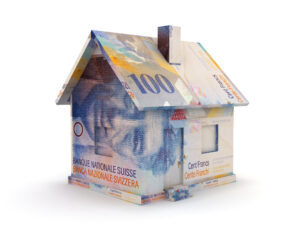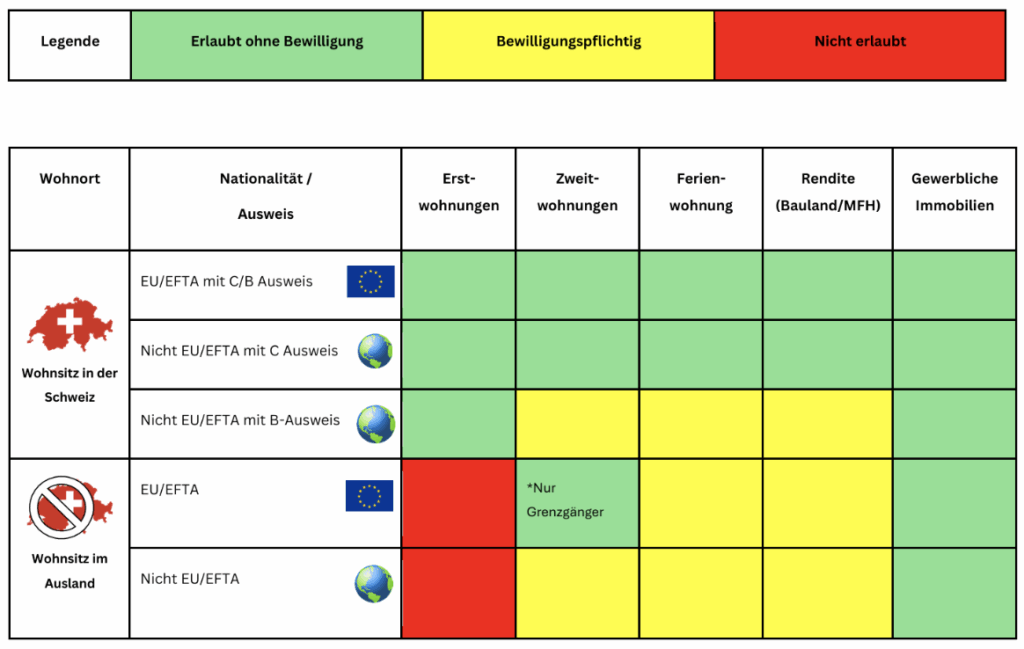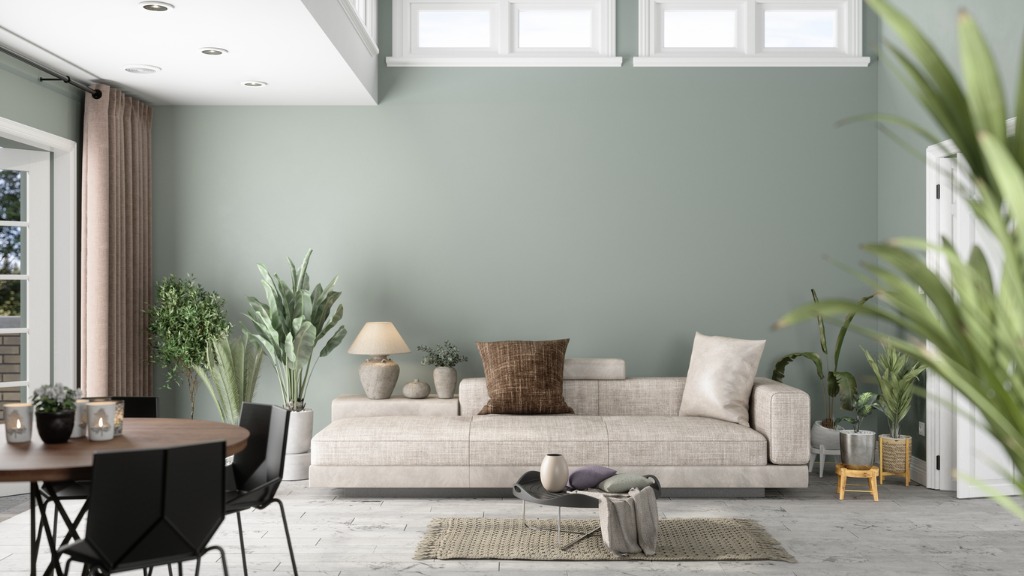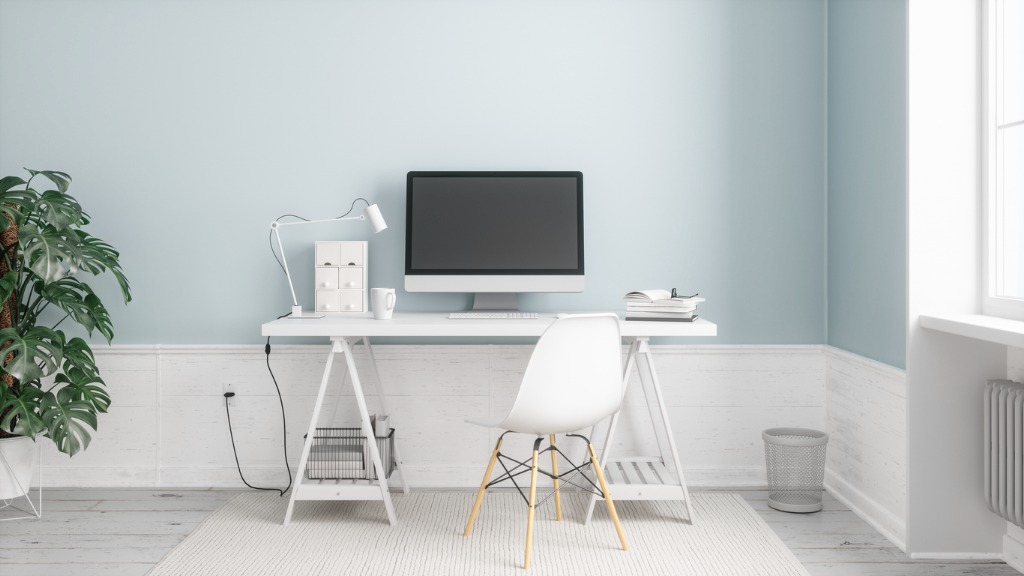What was the imputed rental value?
The imputed rental value was introduced in 1934 during a difficult economic period when the state urgently needed additional revenue. The tax, the only one of its kind in the world, obliged homeowners to pay tax on the notional rental value of their owner-occupied property – on the grounds that they did not have to bear any housing costs compared to tenants.
In return, debt interest as well as maintenance and renovation costs could be deducted from taxes. This system has been the subject of intense debate and repeated attempts at reform for decades – until now.
Winners and losers of the abolition
- The mainwinners are older owners who have already largely repaid their mortgages and whose properties are in good condition. They will benefit from the abolition of the imputed rental value without having to accept any significant disadvantages in terms of deductions.
- The losers, on the other hand, are those who have only recently acquired a property in need of renovation – often young families with high mortgage debts. For them, the loss of deductions far outweighs the financial advantage of the abolished imputed rental value.
Effects on the property market
A recent study by the Raiffeisen banks shows that senior citizens keep their properties for a particularly long time and thus contribute significantly to the shortage of single-family homes on the market. The abolition of the imputed rental value reinforces this effect, as holding onto a property becomes even more attractive from a tax perspective. As a result, supply will remain scarce and prices will continue to rise – in a market that is already considered overheated.
There is also another side effect: energy-efficient refurbishments will become less attractive from a tax perspective. Owners are therefore less likely to invest in expensive refurbishments. This could not only run counter to climate targets, but also put a strain on the construction industry with its numerous jobs.
Conclusion
The abolition of the imputed rental value is a historic step – but there can be no question of a clear victory for homeowners. Who benefits and who loses depends heavily on the individual situation. One thing is certain: the debate surrounding home ownership, taxes and property prices will continue to accompany us in the future.









